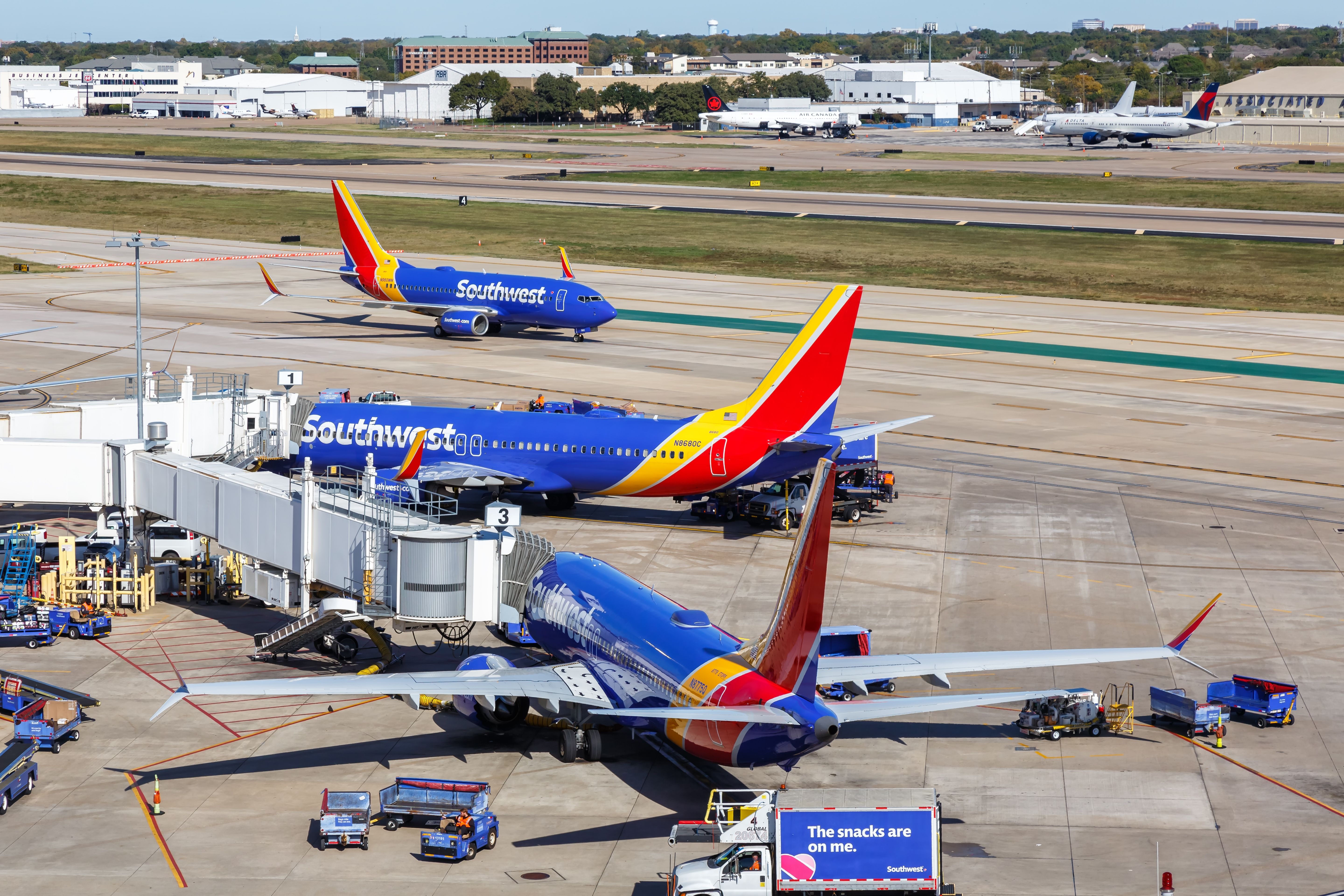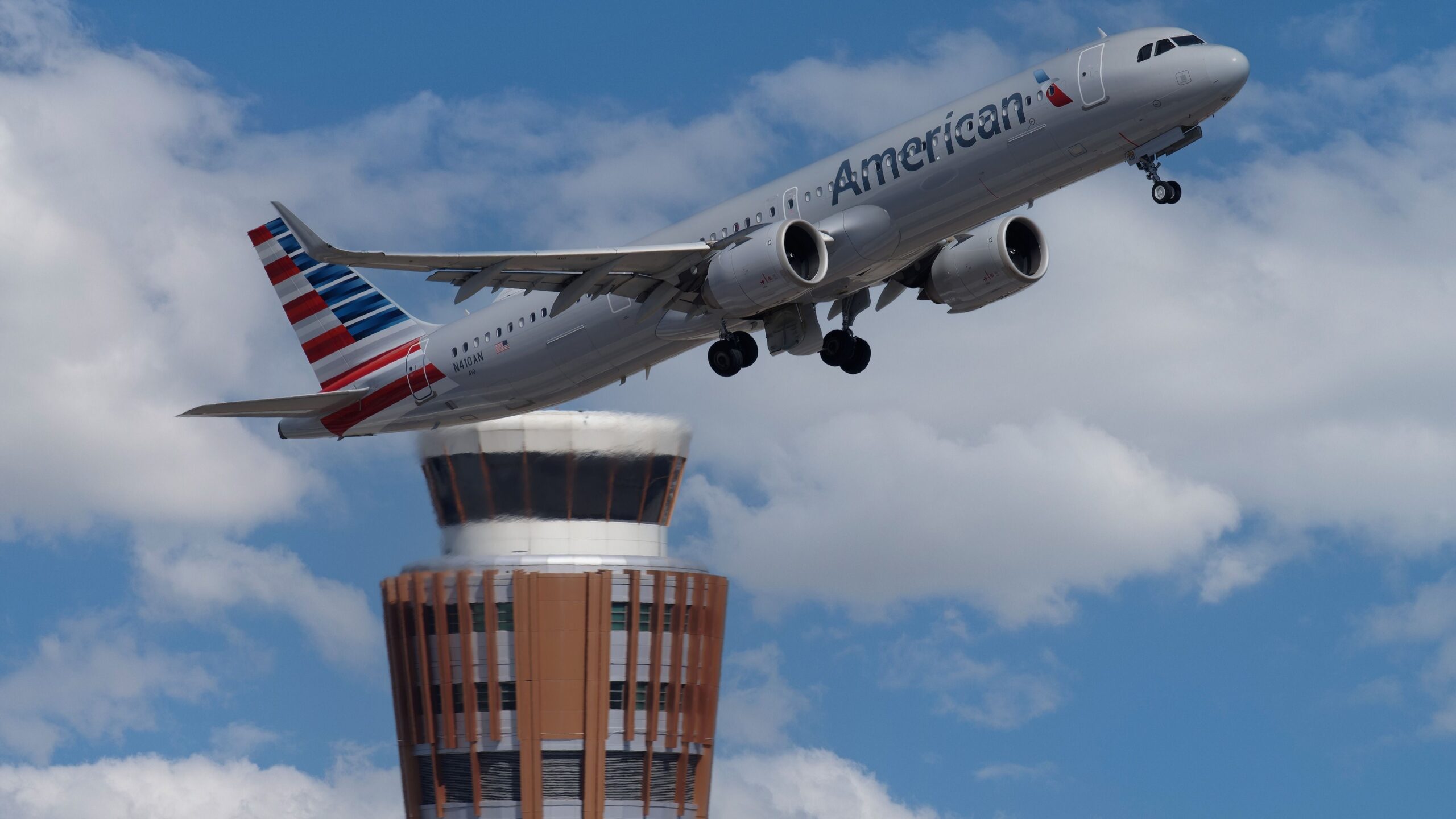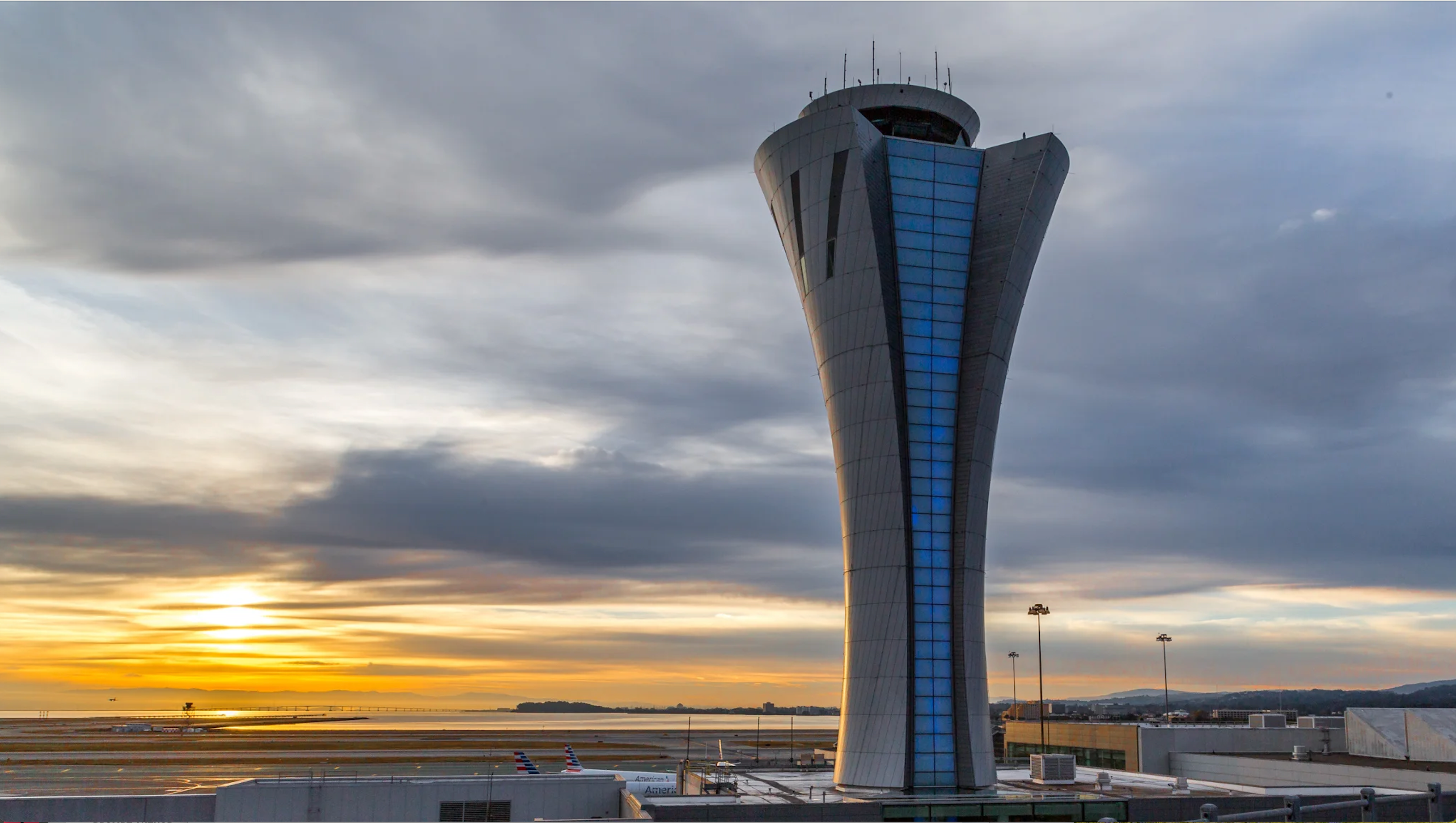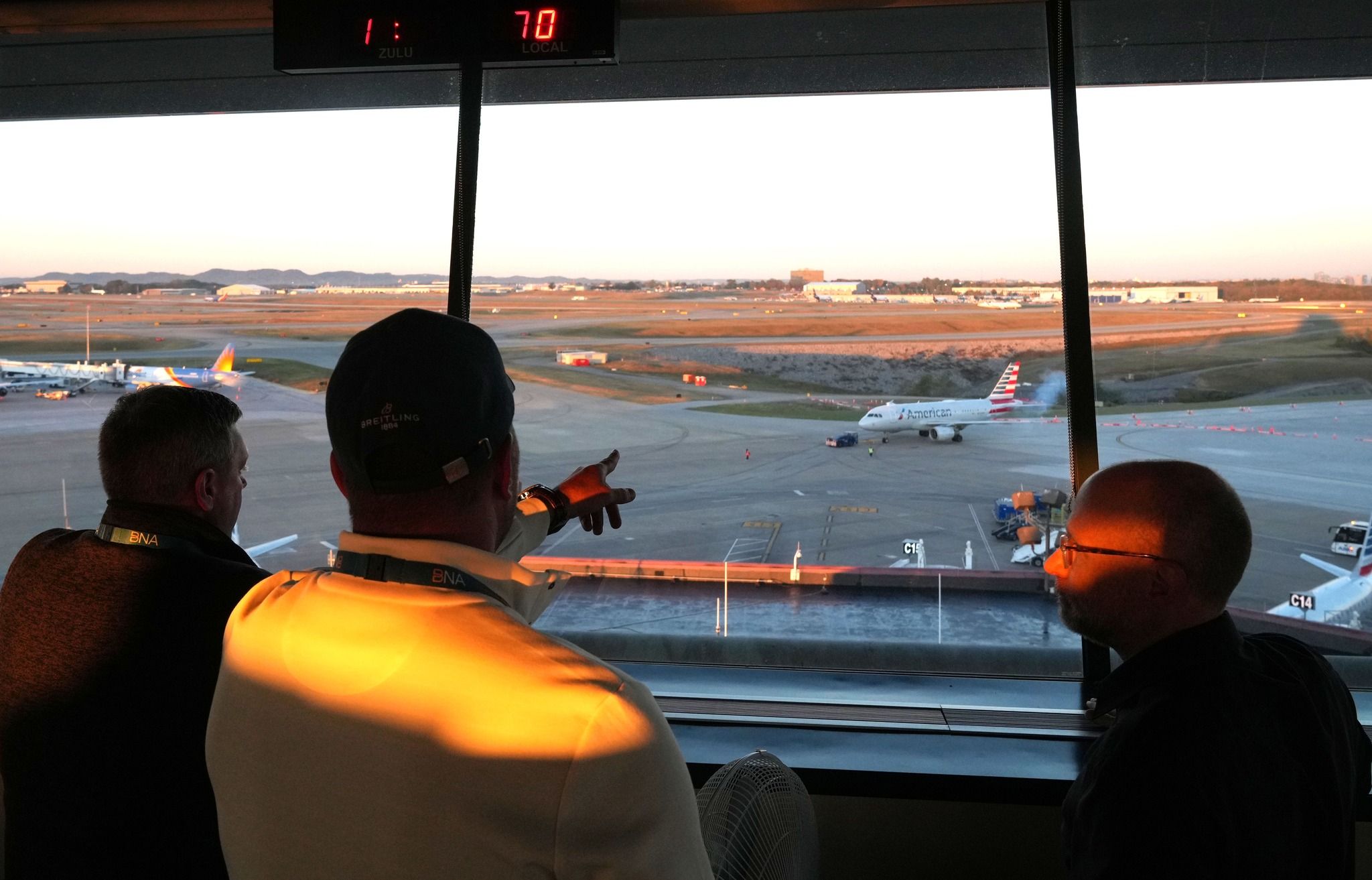Summary
- Expansion of funding for Federal Aviation Administration facilities is necessary to ensure air traffic control system safety and resilience.
- The majority of air traffic control facilities in the US are aging and in need of replacement and preventative maintenance.
- Recent runway close-call incidents highlight the need for new safety technology in airports across the country.
Over two dozen organizations within the aviation industry are urging Congress to expand funding to remodel some facilities operated by the Federal Aviation Administration (FAA). The news comes after data allegedly revealed that more than 1,000 runway near misses have occurred at airports around the country in the past year.
More than a quarter of air traffic control facilities are reportedly at least five decades old, “with many in need of replacement.” The organizations calling on lawmakers say increased investment will ensure the country’s air traffic control (ATC) system remains “safe” and “resilient.”
Underinvestment is “strikingly clear”
26 organizations “representing nearly every sector” of the US aviation system, co-signed a letter addressed to several congressional transport committees. Some of the signatories include the Air Traffic Control Association, Airlines for America, AOPA, the International Air Transport Association (IATA), and the US Chamber of Commerce. The letter, obtained by Simple Flying on Wednesday, warns that more investment and maintenance are required for some facilities.
“The effects of underinvestment in F&E (facilities and equipment) are becoming strikingly clear. One consequence is that the necessary maintenance of existing systems is being neglected.”

Read More
The FAA Is Open To Using AI To Improve Aviation Safety
Using the data to comprehensively understand the factors that lead to high-risk operations will be crucial for the FAA.
The letter goes on to say that the FAA moved to a “fix-on-fail” operating model in 2013 due to sequestration. Since then, preventative maintenance on facilities has not returned, specifically noting the Notice To Air Missions (NOTAM) system failure last year that ultimately closed the National Airspace System (NAS) and impacted hundreds of flights.
Several facilities have exceeded their lifespan
23 FAA facilities were assessed for their condition seven years ago. According to the letter, only 13% of the facilities were reported to be in adequate condition.
“Similarly, in 2017, the FAA’s Life Cycle Facility Maintenance and Repair Report reviewed the conditions of each of FAA’s 21 Air Route Traffic Control Centers (ARTCC), as well as San Juan and Guam Combined Control facilities, and determined that only three of the 23 facilities evaluated could be classified in “good” condition. These and other FAA air traffic control facilities have exceeded their expected lifespan.”
Photo: San Francisco International Airport
The current budget to address the aged facilities is not enough, according to the signatories. It has prompted the FAA to request several billion dollars for future and necessary improvements.
“Every ARTCC and more than a quarter of all FAA facilities are at least 50 years old, with many in need of replacement,” the letter explains. “The F&E budget is currently not large enough to support this, prompting the administration’s most recent request for $8 billion in mandatory spending for this important purpose…”
Over 1,000 runway close calls between 2023 and 2024
ATC safety has been a hot topic in recent years after the industry has grappled with several close-call incidents. According to Newsweek, the FAA reported that there have been 1,115 runway incursions from May 31, 2023, to May 31st of this year. These incidents ranged from serious near-misses to incidents classified as “Category D,” which involve a person or vehicle in the way of an aircraft but have no severe safety risk.
Photo: Nashville International Airport
The FAA is introducing new runway safety technology this year in Dallas, Austin, Indianapolis, and Nashville. New Surface Awareness Initiative (SAI) systems have been developed to improve the situational awareness of ATC personnel. The technology is already operational in Dallas and Austin, while Indianapolis and Nashville will implement it later this year. The FAA expects the system will be implemented at other airports across the country next year.
“We commend the administration and the congressional authorization and appropriations processes for providing funding to help keep our national airspace system safe and competitive,” the letter says. “We also believe more must be done to not only maintain and sustain the ATC system but also to modernize it.”

Read Next
Dallas Love Field Among A Handful Of US Airports To Acquire New Airfield Surveillance System
The new technology is set to be implemented in a few months.



